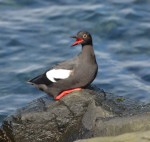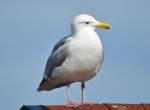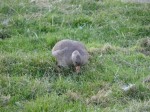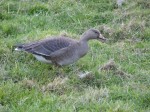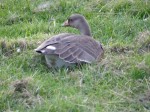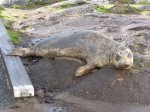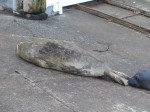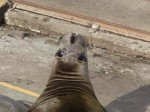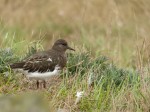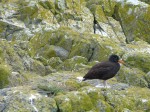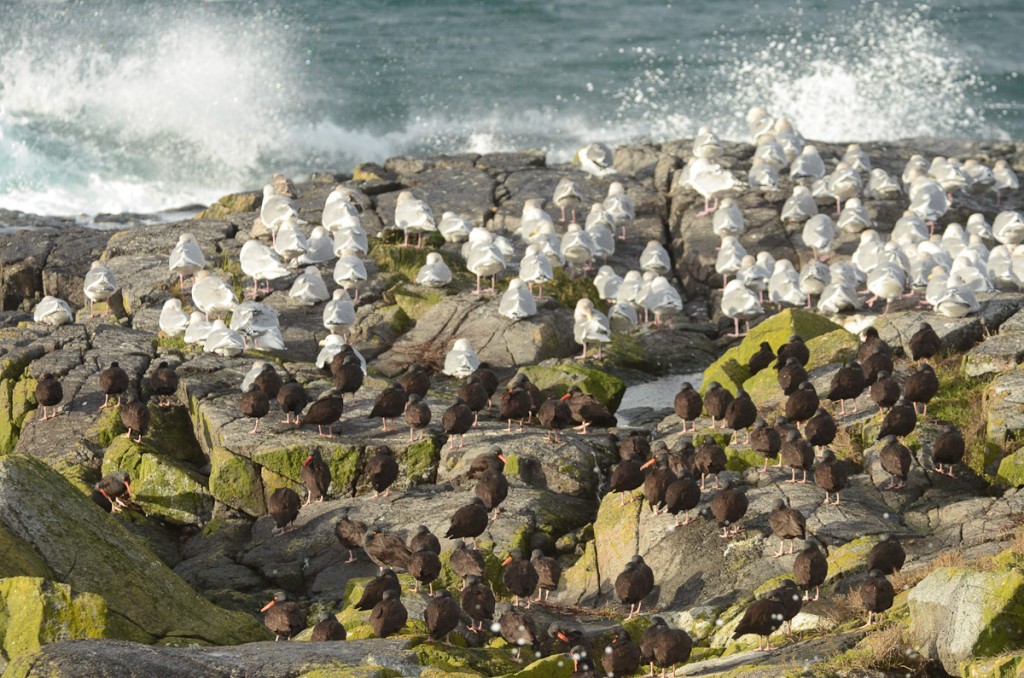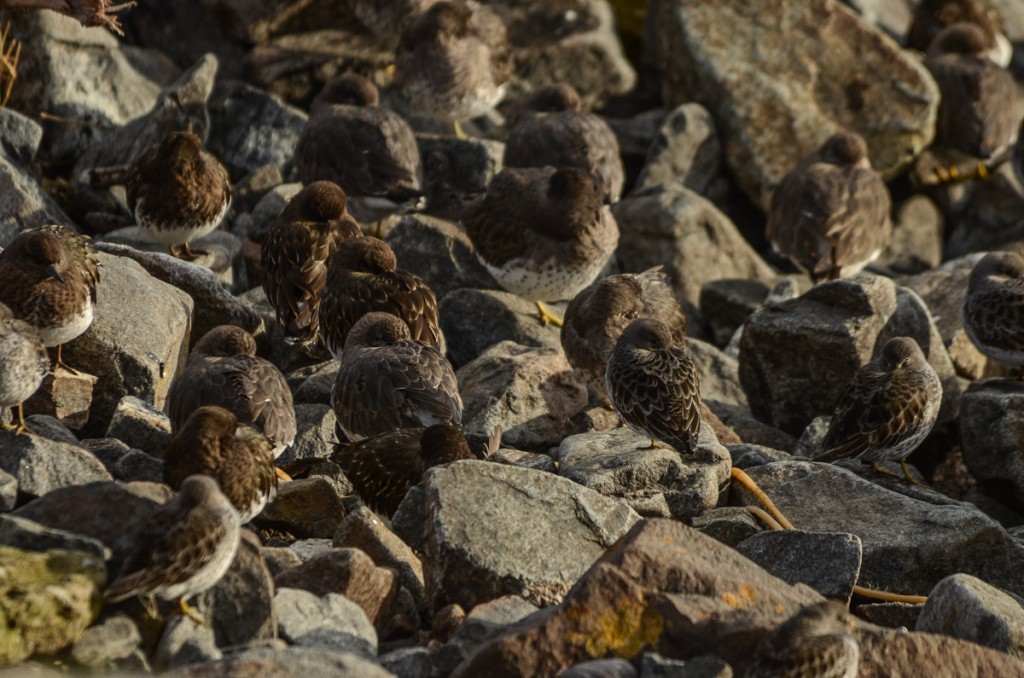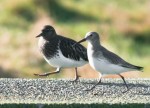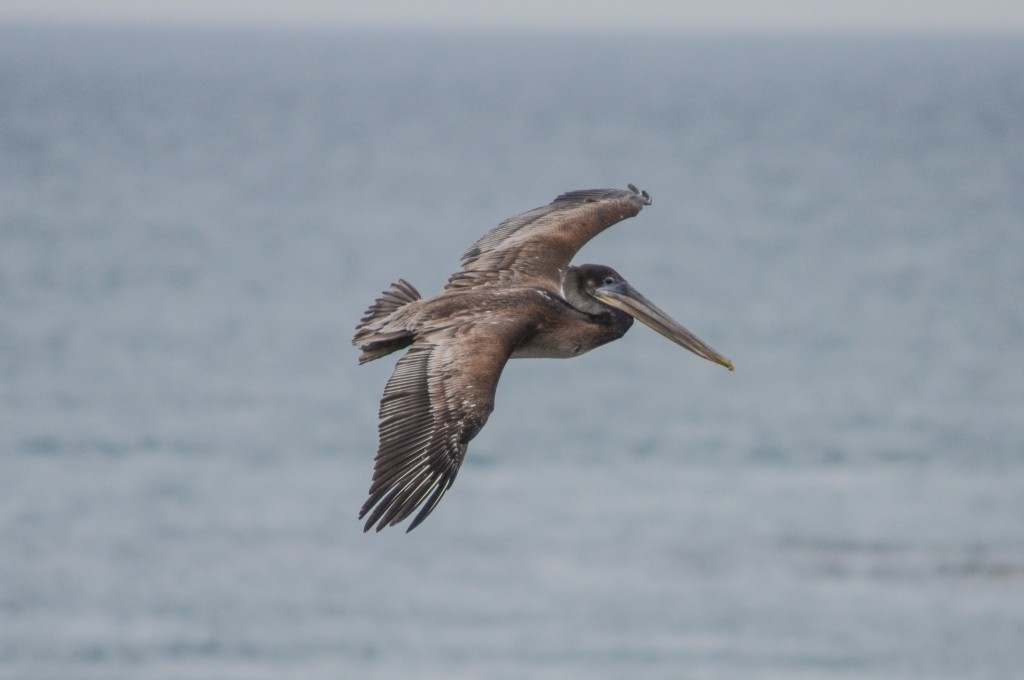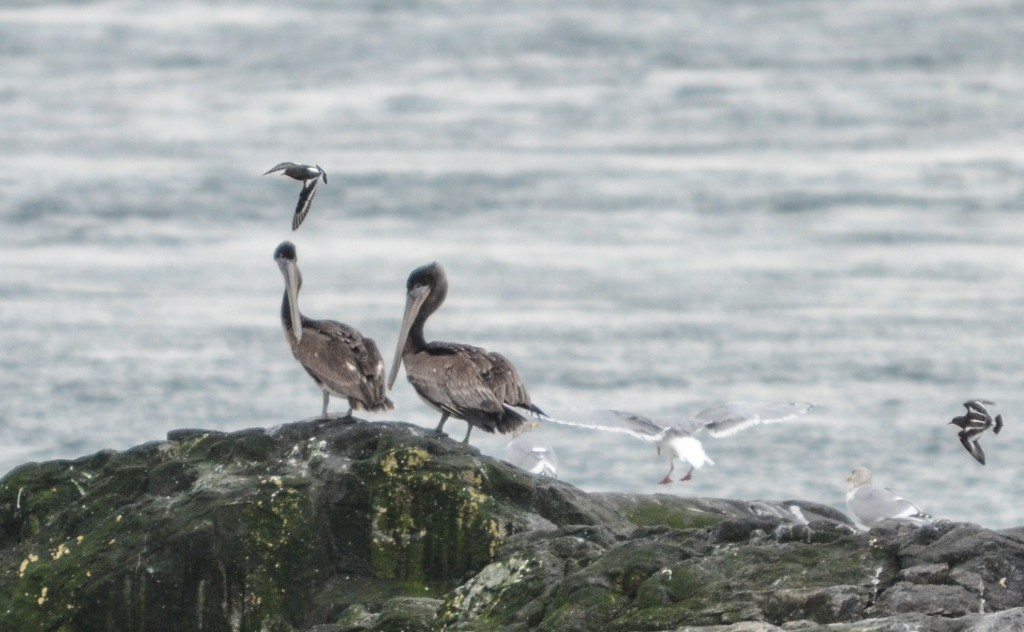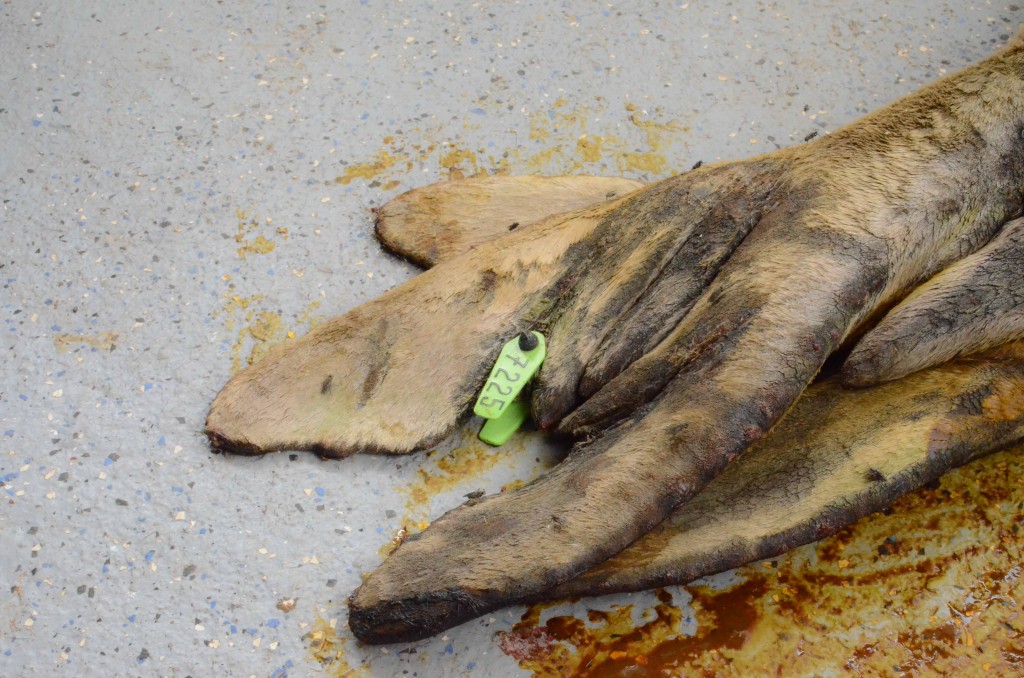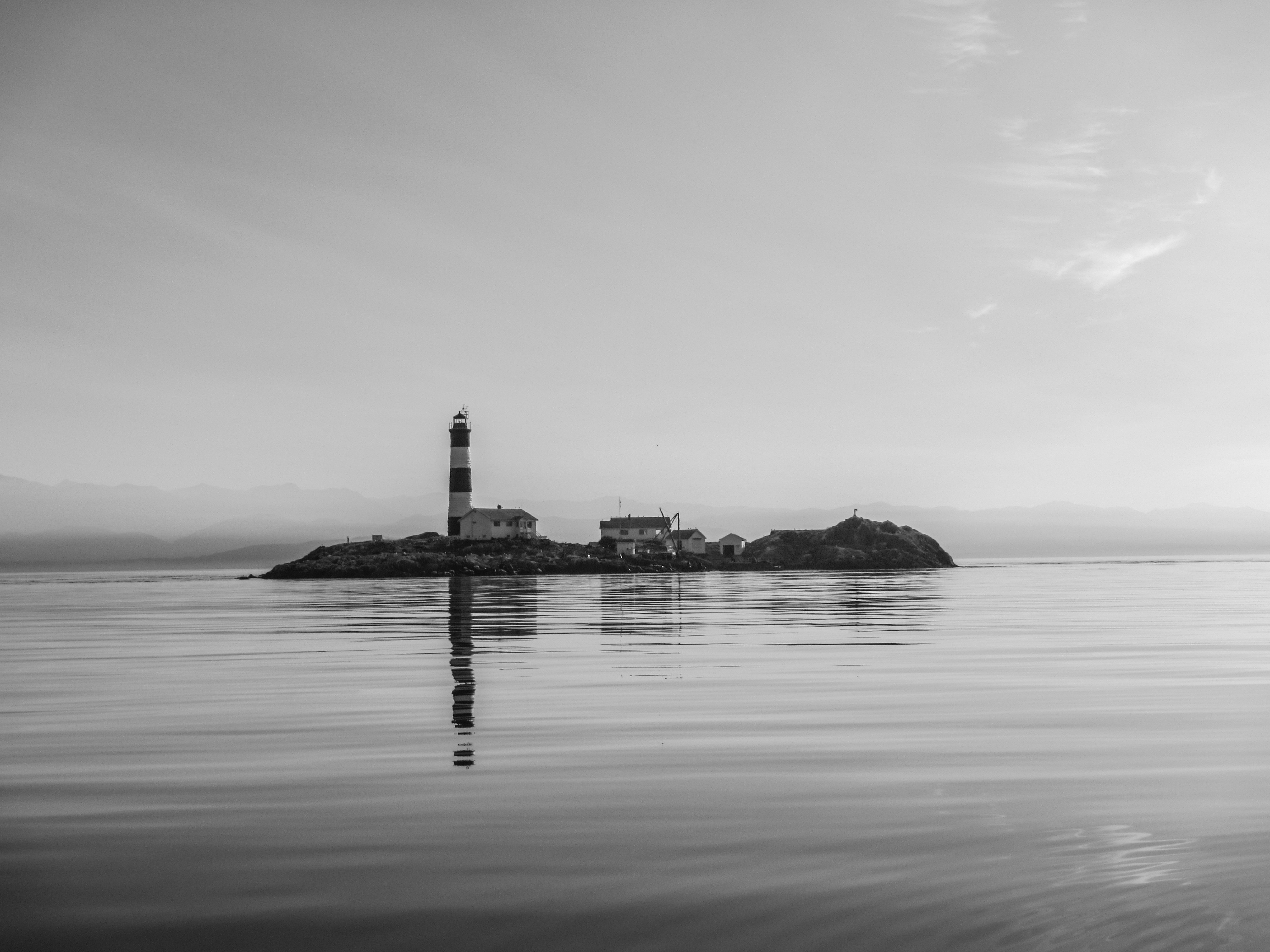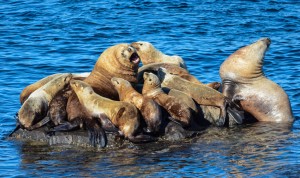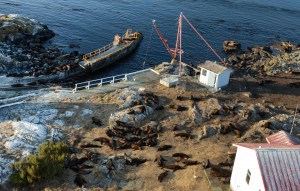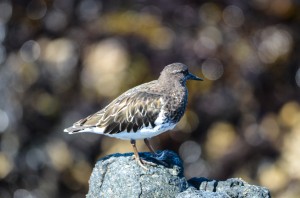Another glorious day on the rock with good visibility, calm waters and a clear sky. The barometer rose gradually until noon and then dropped slightly. Barely perceptible outflow winds kept the fog out at sea and it looks like a similar forecast for Friday.
There was a lot of activity in the Reserve today with whale watching boats stopping by to see the sea lions en-route, back and forth between Victoria and the two pods of transient (aka Bigg’s) Killer Whales off to the west. The smaller pod had four individuals and passed close to the reserve heading west spending the day between Becher Bay and Beachy Head. A second larger pod was reported from further west near Otter Point by days’ end. A total of 37 tour boats were noted in the reserve and many more passed by at speed outside of the boundaries. They keep constant contact with the whales during the day and pass off to each other, on leaving the area.
A couple of recreational boats spent time in the reserve today, one photographing sea lions for several hours and the other jigging. The conservation area is bounded by the 40 meter contour, and no jigging is allowed. Jigging targets territorial fish such as rockfish and lingcod although you can catch coho that way too. The Conservation Area is enforced by DFO and is there to protect long-lived, territorial fish like rockfish and lingcod, so that their offspring can disperse to other areas with the currents. A Marine Protected area like Race Rocks becomes a source of recruitment of young fish to nearby areas that don’t have protection and this ultimately makes the fishing more sustainable.
It was census day today.
Biggs’ Killer Whales 4
Steller’s Sea Lions 243 (7 brands noted)
California Sea Lions 334 (7 completed brands noted, 1 incomplete)
Total sea lions both species = 577
Harbour Seals 142
Elephant Seal 1 (pup)
Savannah Sparrows 8 (seemed to fly off to the south across the Strait after visiting)
Double-crested Cormorants 11
Pelagic Cormorants 4
Black Turnstones 7
Sandpipers 5
Sharp-shinned Hawk 1
Glaucous-winged Gulls 99 (4 chicks still begging)
Heerman’s Gulls 5
California Gull 1
Black Oystercatchers 7
The Pigeon Guillemots were not spotted today so I assume that the chicks finally fledged and have headed off to sea. I will miss them. It is fun to watch them ride the currents and carry crazy-looking fish to their young.
There were no visitors today, although both Second Nature and Hyaku made multiple trips within a stone’s throw of the jetty, as part of student orientation week.


